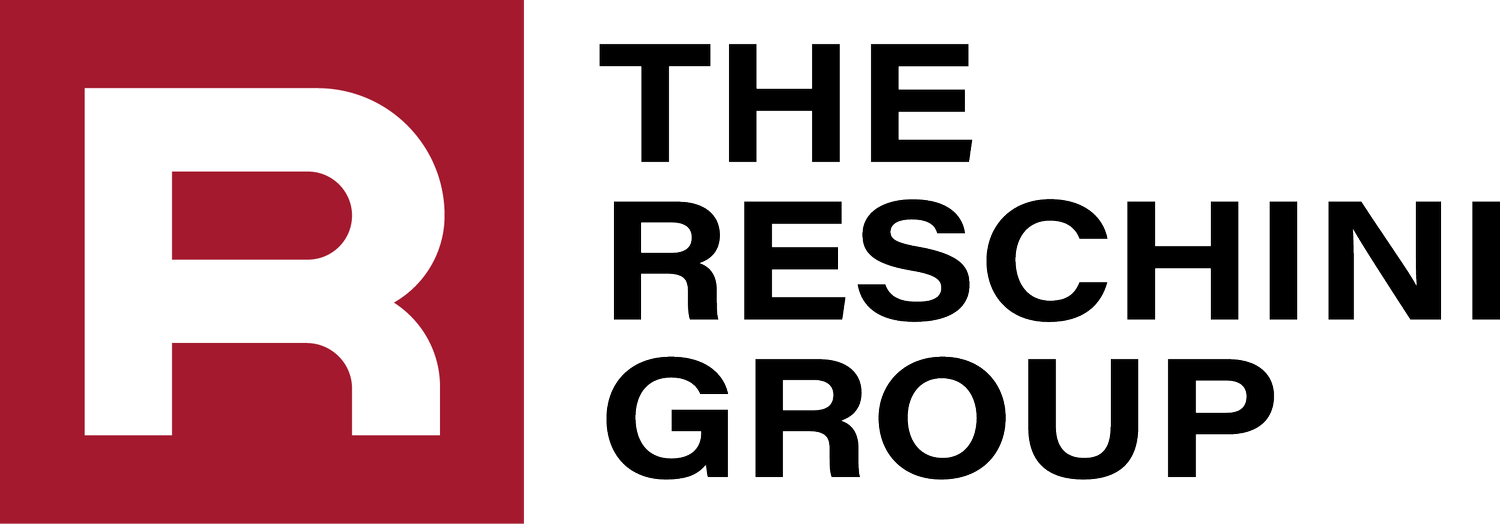The Reschini Blog: Noise Monitoring a Vital Concern
 The very process of manufacturing – especially heavy manufacturing – carries with it some inherent variables that can cause damage to those working onsite. Most companies maintain diligent safety practices and procedures to protect workers from falls, hand injuries, accident enclosures, and the like.
The very process of manufacturing – especially heavy manufacturing – carries with it some inherent variables that can cause damage to those working onsite. Most companies maintain diligent safety practices and procedures to protect workers from falls, hand injuries, accident enclosures, and the like.
The dangers of excessive noise must be in that same discussion.
The Reschini Group has specialists who consult and advise client companies about the importance of noise monitoring, including use of audio dosimetry at manufacturing facilities. Our team works with manufacturers to conduct these tests, to see the impact of onsite noise and how best to safeguard those exposed to it.Central to these efforts is guidance from the federal Occupational Safety and Health Administration (OSHA), and its requirements for establishing a Hearing Conservation Program. According to the OSHA website, this includes noise monitoring, audiometric testing, hearing protection, training, and recordkeeping. OSHA requires companies to implement a hearing conservation program when noise exposure is at or above 85 decibels averaged over 8 working hours.Exposure to loud noise kills the nerve endings in the inner ear, with prolonged exposure causing more dead nerve endings and permanent hearing loss that cannot be corrected with surgery or medicine. Noise-induced hearing loss limits your ability to hear high frequency sounds and understand speech, which seriously impairs your ability to communicate. Hearing aids may help, but they do not restore your hearing to normal.Hearing conservation programs are meant to prevent initial occupational hearing loss, preserve and protect remaining hearing, and equip workers with the knowledge and hearing protection devices necessary to safeguard themselves. Paying the proper level of attention to on-the-job noise issues also makes sense regarding avoiding exposure to lawsuits and insurance claims.The team at The Reschini Group features experts in working with client companies to lessen this exposure. Contact us today to learn more.
Related Resource from The Reschini Group
- Noise hazard awareness sheet to share with employees: PiS - Workplace Noise Hazards
Contact The Reschini Group with your questions or concerns regarding Noise Hazards.
Copyright 2021 The Reschini GroupThe Reschini Group provides these updates for information only, and does not provide legal advice. To make decisions regarding insurance matters, please consult directly with a licensed insurance professional or firm.
All Well and Good: Fashioning an Effective Wellness Program
A wellness program assists employees and family members in making voluntary behavior changes that reduce their health risks and enhance their individual productivity. Studies have shown that employees are more likely to perform well when they are in optimal health. The following are benefits of implementing a wellness program:
- Lower health care costs, due to a healthier workforce and improved disease management
- Enhanced recruiting by attracting the most talented workers
- Reduced absenteeism
- Improved on-the-job time utilization, decision making and productivity
- Improved employee morale
- Reduction in turnover
Because wellness programs must comply with state and federal law, legal review should precede a program’s introduction to employees.The Wellness Council of America identifies these best practices for a successful workplace wellness program:
- Create committed and aligned leadership. A commitment from the top is key to the success of any wellness initiative, including commitment of adequate funding.
- Foster collaboration in support of wellness. Wellness teams should include a variety of people from all levels of your company.
- Collect meaningful data that will drive your health initiatives and wellness strategy. This may involve conducting a survey of employee interest in various health initiatives, health risk assessments, and claims analysis.
- Craft an operating plan. An annual operating plan is important for your program’s success and should include a mission statement along with specific, measurable short- and long-term goals and objectives.
- Choose appropriate health initiatives that support the whole employee. The health initiatives that you choose should flow naturally from your data, and support your goals and objectives.
- Create a supportive environment, policies and practices. A supportive environment provides employees with encouragement, opportunity and rewards.
- Conduct evaluations, communicate, celebrate and iterate. This allows you to celebrate goals achieved and to discontinue or change ineffective initiatives.
The Benefits team at The Reschini Group can help you fashion a Wellness Program for your particular situation. Contact us to learn more.
Copyright 2019 The Reschini GroupThe Reschini Group provides these updates for information only, and does not provide legal advice. To make decisions regarding insurance matters, please consult directly with a licensed insurance professional or firm.

